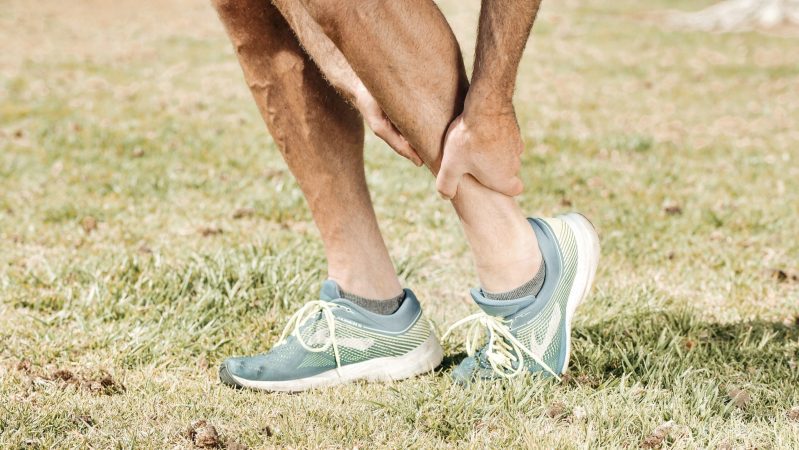Training to head off to a war zone can get pretty intense. Since we train the way we fight, instructors who’ve seen combat develop insane ways to pass on their knowledge to the next set of deploying badasses.
We spend hours training alongside our brothers, learning how to fire and maneuver against role players while enduring the heat of Twentynine Palms, California. Unfortunately, within the few weeks that we train for combat, there isn’t enough time to cover everything.
Once a teammate goes down or gets injured, how you approach an objective changes drastically to compensate for a downed brother. Since war is unpredictable, it’s always a solid idea to train with some type of disability to be prepared for the worst.
Related: 7 things you didn’t know about the Marine Jungle Warfare Training Center
1. Tape one of your hands shut
Losing your hand in battle can happen. It might not fall off, but fracturing it is a possibility. Taping your hand shut during training is a practical way to pretend that you can no longer use it to its full potential.

2. Cover an eye with a bandana
Riflemen understand the importance of using the dominant eye to aim a weapon system at their target and deliver an accurate shot. But, what happens in the tragic event that you lose an eye? This kind of injury alters your depth perception and decreases lateral limits.
Covering your “shooting eye” and training with the simulated handicap could save your life.
3. Splint a leg straight
The human legs make up a massive percentage of the body. In the event that a leg is injured, it’s tough to continue on and support yourself. In training, straighten your leg by using a splint to stimulate a leg wound and try keeping up with the rest of your fire team. It’s great training.

Lance Cpl. Felipe Pech treats a simulated lower-leg casualty. (Photo by Gunnery Sgt. Steven Williams)
4. Secure your arm behind your back
It’s simple: lose an arm in combat and you can’t use it. Rarely do grunts train as if they lack one of their most important appendages, but it’s good practice.
Also Read: 5 fitness tips to prepare you to become a combat medic
5. Wear a gas mask
Infantrymen can get pretty winded while maneuvering toward the enemy. Since there’s no taking a time-out in battle, grunts can wear gas masks in training, which makes breathing incredibly tricky, simulating a chest wound.



























